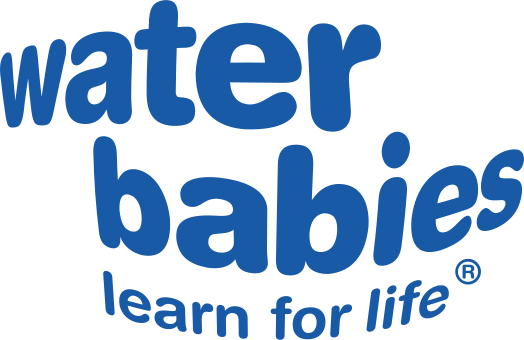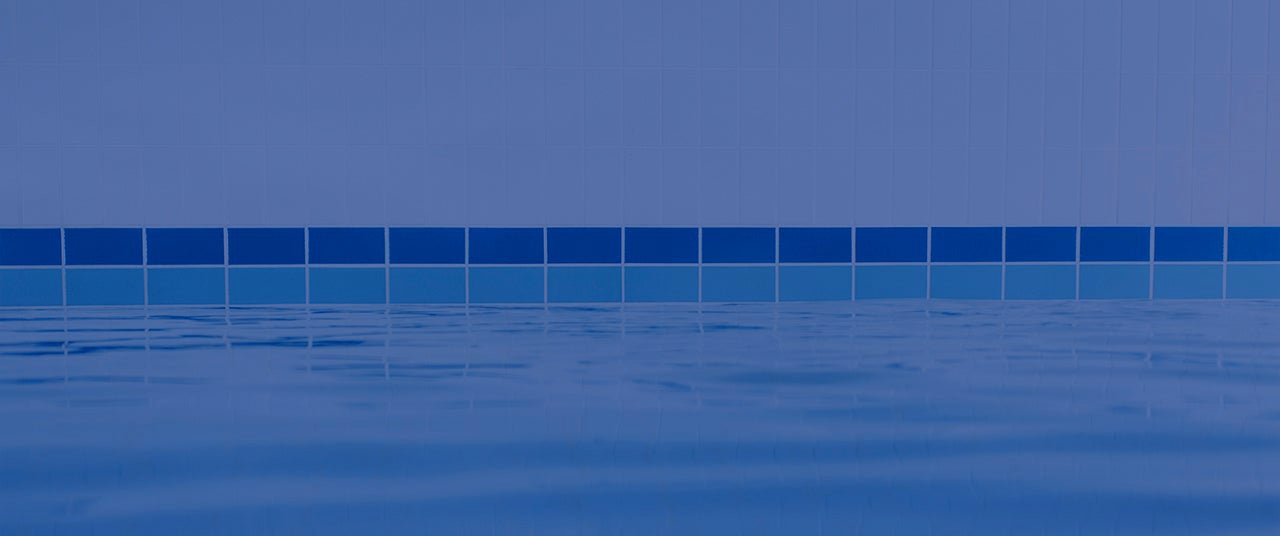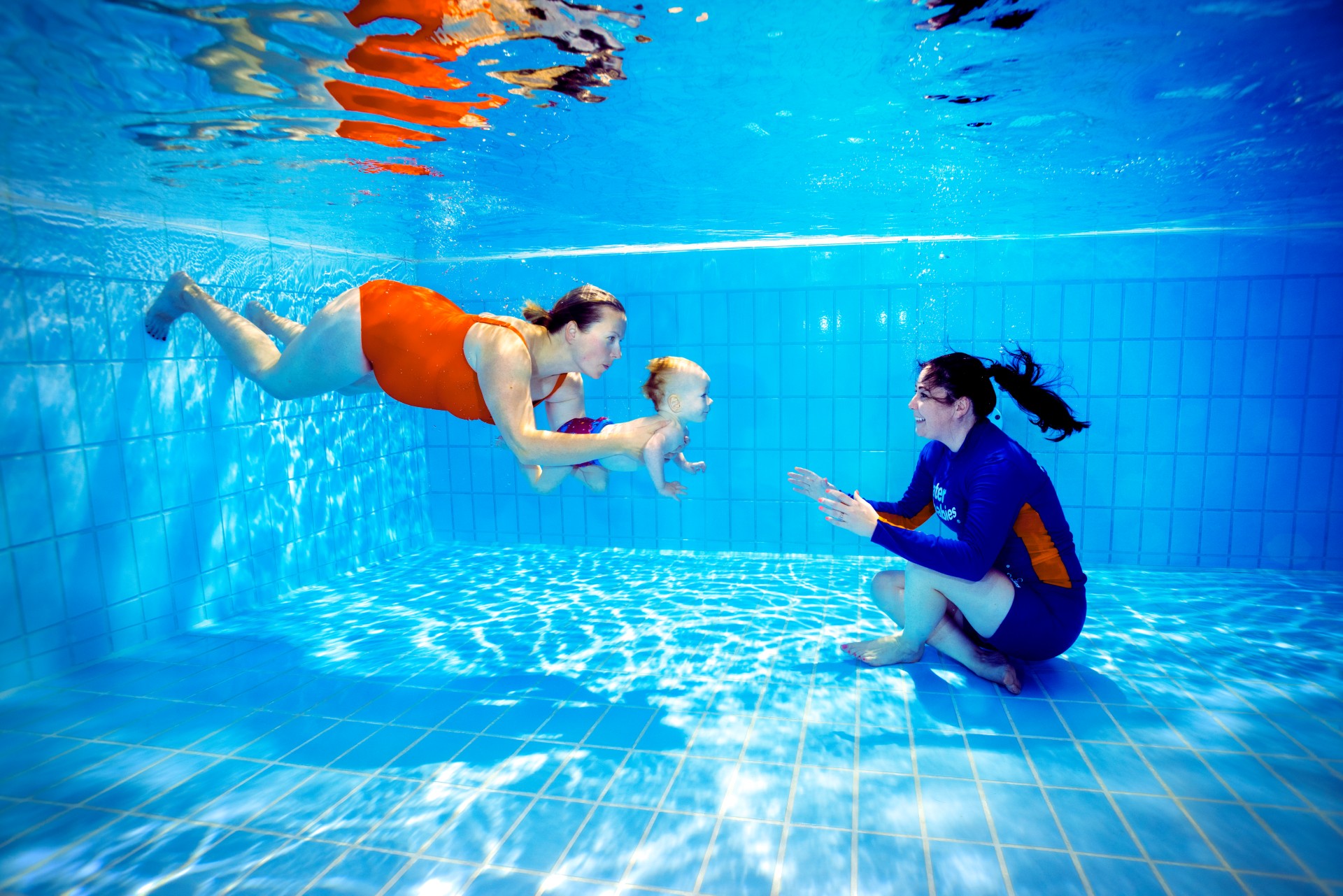As we learn more about the environmental impact of disposable nappies and the benefits of reusable options, it’s clear our decisions hold immense power in shaping a greener tomorrow. By fostering a culture of environmental responsibility and providing practical support, baby swimming schools all over the world can empower families to make eco-friendly choices, like opting for reusable swim nappies, so we can all further reduce waste and minimise our environmental footprint, while ensuring the comfort and safety for the little ones during their swimming lessons and other water activities.
As a certified B Corp™ organisation, at Water Babies, we’re committed to practical, impactful changes – and reusable swim nappies are part of that. Even if we start by simply ditching disposable swim nappies in favour of their reusable counterparts during swimming sessions, while keeping our nappy of choice when out and about for dry land adventures, we’re taking a meaningful stride towards waste reduction and lessening our environmental impact. The “real nappy” revolution is here, and it also applies to swim nappies.
Making this transition can be easier than you might think, with the right approach and understanding of the practical aspects involved. This is where we come in! Water Babies teachers and staff are here to help, so you can feel confident in making the switch. Never hesitate to reach out and ask for extra information and support, including demonstrations and guidance on how to properly fit and care for reusable swim nappies. We want to provide reassurance about the effectiveness and reliability of reusable swim nappies, along with practical tips to help everyone feel comfortable in their choice. Are you ready to dive into the world of reusable swim nappies?
What are swim nappies, and how do they work?
Reusable standard nappies are primarily manufactured from multiple layers of fabric such as cotton, bamboo, hemp, polyester, or polyurethane. These products are designed to meet customers’ needs for impermeability, ease of use, absorbency, durability, and breathability. They normally include an absorbent section and a waterproof cover.
Swim nappies, on the other hand, are especially designed to be worn in the water, ensuring comfort without absorbing any liquids, so they don’t hold urine. The main function of a swim nappy is to keep the poo inside. If there are any solid leaks into the pool, then the pool will become contaminated and it’ll need to be closed while it is treated, which in the case of some centres, could take up to 48h! Urine in the pool is not a problem because the chlorine will kill any pathogens which may be present in it.
Unlike traditional nappies, swim nappies maintain their form when submerged, and thanks to a snug waistband and close-fitting legs, they’ll effectively contain any solid waste. Because swim nappies do not hold any liquids, it’s important you skip your swimming session if your little one is suffering from diarrhoea.
Regular nappies should never be used for swimming, as they’re designed for absorbency, becoming waterlogged when in contact with water. A traditional nappy will swell up and stretch out when dipped, becoming incredibly heavy and ineffective. This not only means it won’t work to hold in any poo, but it will also be uncomfortable for your little one and could pose the risk of slipping off or even become a drowning risk.
When it comes to design and materials, there’s a wide variety of options available in reusable swim nappies, including pre-shaped and fitted nappies, like the Happy Nappy. Other reusable swim nappies include Velcro or poppers for easy fastening while allowing room to grow. This is the case of the Size Adjustable Nappy Wraps, which can be easily worn under a neoprene swim nappy to adhere to the Double Layer Nappy System, instead of a disposable.
From Pool to Beach: Choosing Between Disposable and Reusable Swim Nappies
Like with traditional nappies, swim nappies come in both disposable and reusable forms. Disposable swim nappies look similar to a regular nappy and are meant for single use. The upfront cost is lower than reusable swim nappies, and while convenient, they’re prone to sagging and leakages. Plus they may not contain loose stools, which is quite common among newborns and breastfed babies.
In contrast, reusable swim nappies are meant to be washed and reused. They normally look like a regular pair of swimming shorts or even form part of a swimming costume or baby wetsuit. Some of them, like the Happy Nappy, come with wide cuffs around the thighs and tummy, which will keep solid and semi-solids at bay. Nowadays, they’re available in a wide range of prints and designs, including other matching swimwear and swim accessories. The upfront cost is higher, but they’re a cost-effective resource in the long run, especially if swimming regularly, as they eliminate the need for constantly purchasing disposable swim nappies.
In addition to their environmental benefits, reusable swim nappies also offer several practical advantages. They’re not just intended for swimming lessons, they also come very handy during holiday breaks. Because they’re generally made of lightweight materials for quick drying, you might only need 1 or 2 reusable swim nappies in rotation, depending on how many days you’ll be splashing about with your little one when travelling. They work just like regular swimwear, so even when worn for longer periods in the water, the product shouldn’t cause any soreness or chafing. Reusable swim nappies are gentle on delicate skin and help prevent irritation, providing superior comfort for babies than their disposable counterpart.
In the case of disposable swim nappies, you will need at least one nappy per day when travelling, along with extra spares for unforeseen accidents; so around 20 nappies or roughly 2 packs for a two-week period holiday. Depending on luggage quantity and weight restrictions, this can turn into an extra hassle, or even the need to leave them at home and buy some at your destination. Wearing wet disposable swim nappies outside of the water for long periods can cause discomfort and may result in nappy rash or chafing; so even if you’re staying local, like enjoying a day at the beach or by your local swimming pool, you will need to pack enough disposable swim nappies to ensure they have a clean, dry change every time they get in and out of the water.
Feeling comfy and secure is crucial for developing water confidence. Reusable swim nappies offer a sustainable, cost-effective, and comfortable alternative to disposable ones. With their reusable design, environmental benefits, and variety of styles, they’re an excellent choice for families and caregivers looking to reduce waste and minimise their environmental impact while providing the best for our little ones.


